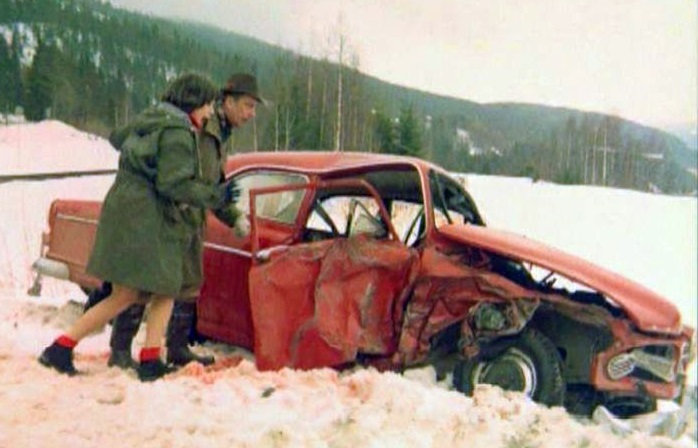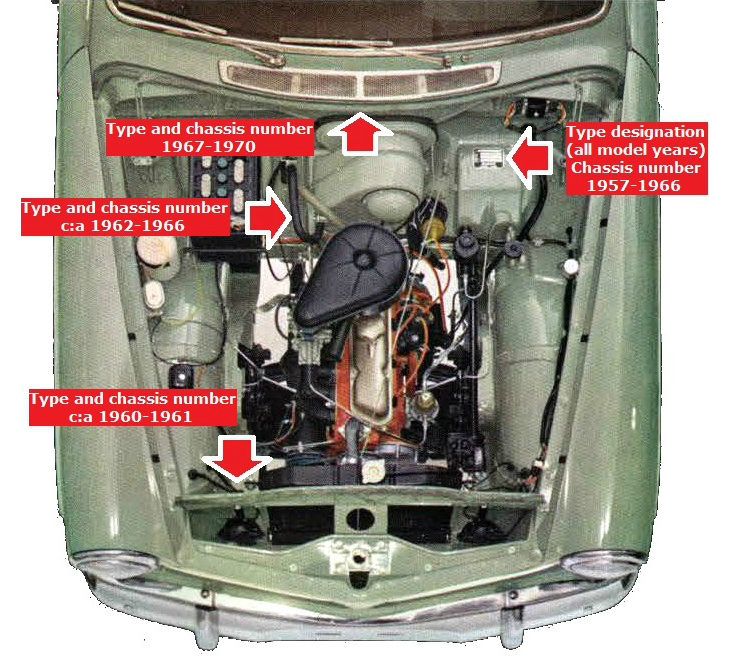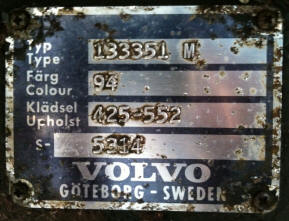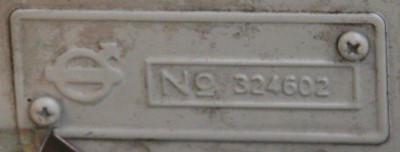
So you have a vintage Volvo? Good for you! Do you have it insured? Great.
One day you are driving your vintage Volvo, all the sudden some soccer mom (or dad) on the cell phone, in a two ton Suburban or a four ton Cyber Truck makes a turn right in to your car.
You are OK but the car is NOT. Well, hey, you got insurance right? Well, do you? If you do, do you have enough coverage to replace your beloved car? Is the paperwork in order?
You want to be ready for this even if it will never happen.
First: Value. Unless you have been living under a hub cap (or a rock) you have probably noticed that our beloved cheap Volvos are not so cheap anymore. Turns out that “regular” people now wants these things and they pay good money for a nice vintage Volvo.
Most collector insurance companies will offer agreed value and you can state how much you want your car insured for. Check sales history on auctions to see what it really would take to replace your car or have it appraised.
Then talk to your insurance company. Collector car insurance limits your driving somewhat but the rate is very reasonable for what you get. If you insured your car (and value) five years ago, you should re-view it.
Second: Check your vin number or vehicle serial number against your title or registration and make sure it matches.
Why is this important?? Well, part of any corporate insurance company’s business plan would be to pay out as LITTLE as possible or NOTHING if they can, right?
Let’s say your title serial number does not match your car and your car is a total loss. The insurance company may say we did not insure THAT car as the serial number does not match our records. How are you going to prove any thing different?
Or worse, you have an accident happen and someone got hurt. The person that got hurt and their astute attorney Whiplash Go-Getter is now suing you! This is why you have insurance but if the insurance company have ANY chance to deny the claim, they may take it. They have a legal team bigger that OJ Simpson had and you have…well…probably less…
Your 1800 serial number is stamped and located above the battery box on the early cars and the later cars got plates located on the A pillar. On very early 1800 cars the serial number was only on the type designation plate. For those cars, proper documentation or history is helpful.

The 122 cars got their serial number stamped in several different places depending on the year of the car. See above.
On our Volvos, there is usually a couple of other number plates in the engine compartment.

Type plate
One is called the type designation plate. It is NOT the serial number. It usually contains the first part of the serial number but those are just describing the car and options.

Body number
This is just the number of the body shell and it is usually a few digits off the actual serial number. This is just the body number, NOT the serial number. Volvo took a car here and there from the production line for testing or even worse, crash testing. So your serial number will not match this number but it should be close. I have seen more than once that the body number was incorrectly used for registration purposes.
These is a lot of great serial number info on this page: http://www.volvoamazonpictures.se/typeinformation/typeinformation.php
If your car’s number does not match your registration or title you want to correct it. Not only for insurance purposes but if you even go to sell the car, it will be helpful. If you put your car in an auction, it is even more important as the auction company will usually reject the car if the paperwork does not match the car. Also, if you sold the car overseas, it will be inspected by customs agents. They mainly do this to make sure you are not exporting a stolen car but if it does not match, your car can not be shipped.
Also, check to make sure the year of manufacture matches the title. Back in the day when foreign cars entered the US market, very few customers could tell the difference between for example a 1961 Volvo P1800 and a 1962.
The selling dealer may also benefit from representing a 1961 car as a 1962 because who wants to buy a one year old car? So they licensed it as a current year model. In all fairness, the buyer did get a brand new car, just last years model.
So how do you correct it if your does not match? Every state have their own rules and laws so check your local laws. In Washington state, you go to Washington State Patrol for a vin check.
First you must obtain a WSP Inspection Request Form from a local vehicle license agent. They will ask for your documentation so bring a title or registration. Then make an appointment with WSP here: https://www.wsp.wa.gov/driver/schedule-a-vin/
Bring any documentation to WSP that may be helpful to prove that the serial or vin number on your car is legit. Printouts from various web sites or manuals describing the correct vin sequence for example.
Another insurance “trick” that may save you some money. This is not related to vintage cars but nevertheless: If you have a vehicle that you only drive a few times a year, like an old truck that you only use for dump runs, some insurance companies will let you put it in “suspense”, especially if you have your “regular” modern cars covered with the same company.
Then call or email your agent and tell them to cover it just for the day. Email would probably be the best as you will have a record of your conversation. Ask your agent.
By Rolf Åström
